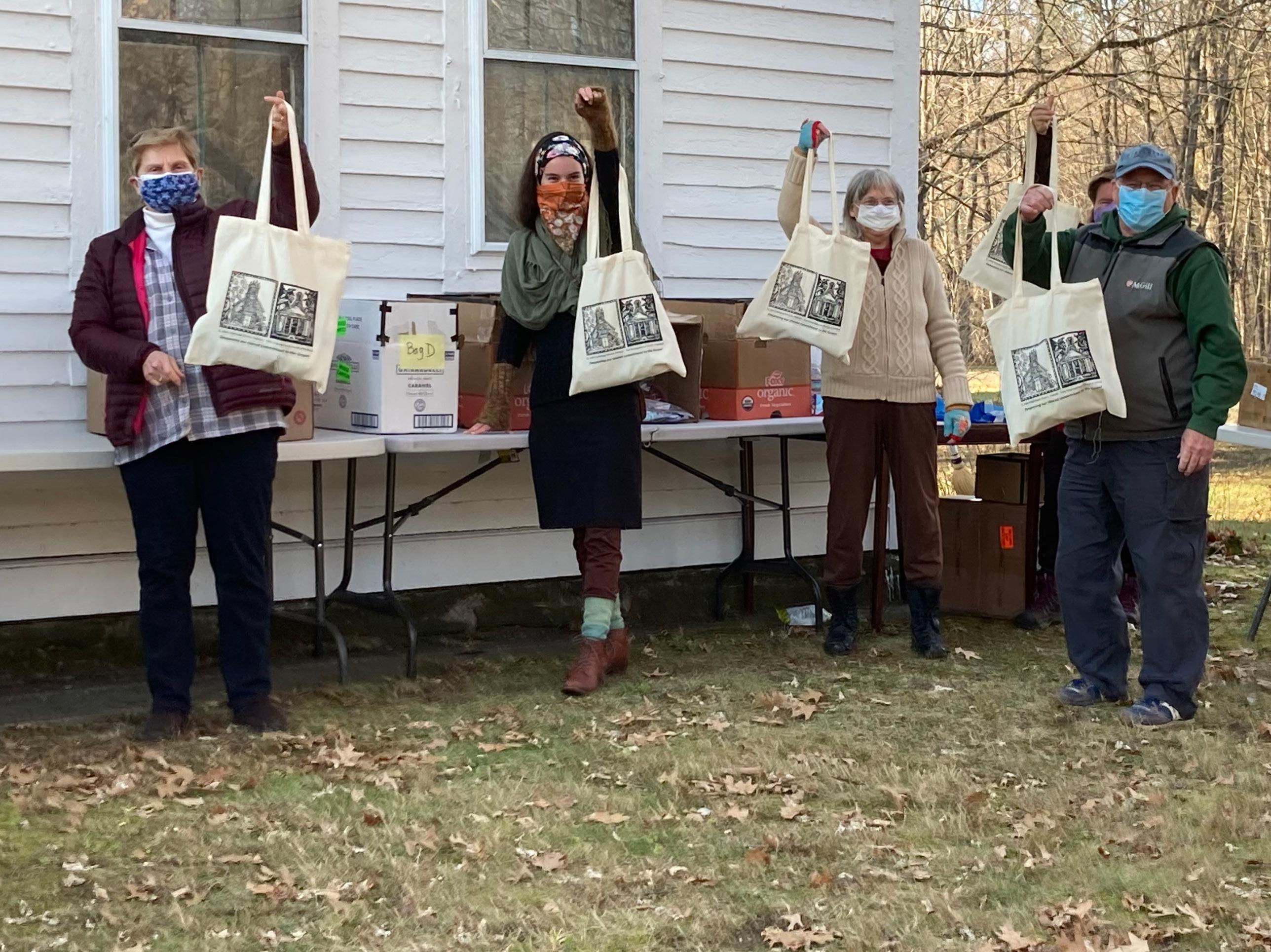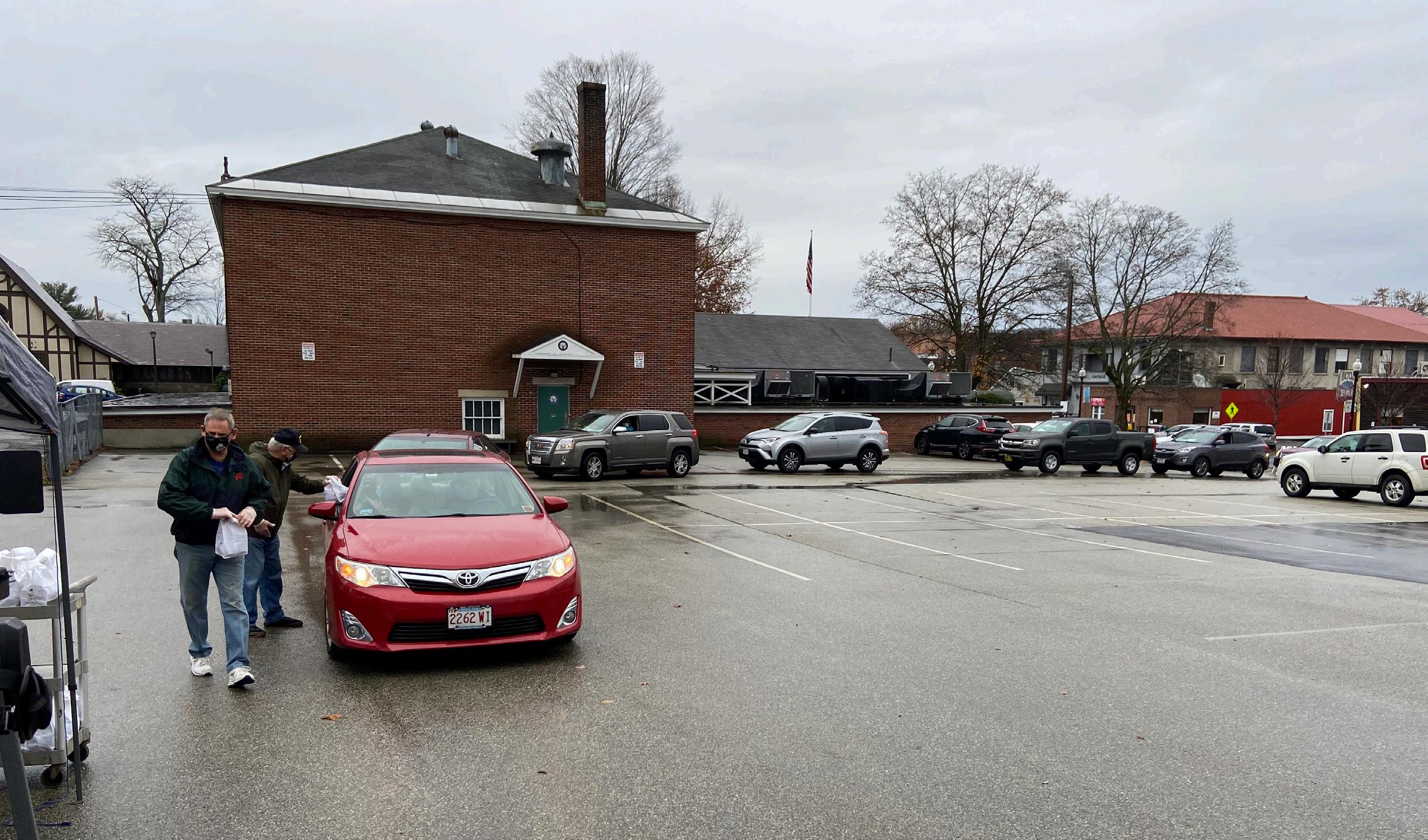
4 minute read
From the Archives
Transition Ministry: Then and Now
Karen Warren, Diocesan Archivist
Advertisement
As I write this archives article, our Canon to the Ordinary Rich Simpson has recently attended, virtually, the twice-annual Transition Ministry (TM) Conference— this year online, of course, rather than being held in beautiful, sunny Delray Beach, Florida. The purpose of the conference is to assist Transition Ministers in finding appropriate candidates to present to parishes that are seeking new clergy and, additionally, to assist clergy who are seeking new positions.
In this technological age, clergy seeking a new position must keep their electronic resume and profile up-todate and ready to be “presented” by Canon Simpson at the next TM Conference. Likewise, parishes that are prepared for this step in the search process for their new rector must also prepare a profile to be uploaded electronically and available for Canon Simpson to present at the conference. This is the beginning of the “match” process today, as names of potential candidates are offered to parish vestries, who then meet the candidates and, in time, select the one they feel is the best match. Our bishop has final approval of these matches.
What a contrast to the manner in which transitions took place in the first years of the new Diocese of Western Massachusetts, in the very early 1900s. Today we can be at home, working on a laptop, and “be” anywhere in the world through virtual technology. No car or airplane is needed to “go” to the TM conference, or anywhere else you need to be. Email, fast as the speed of light, often supersedes the need to snail mail documents. In the infancy of our diocese, mail was a major means of communication. People wrote letters. Penmanship—cursive—an art form, lost today. There were no resumes per se. Letters of inquiry were mailed directly to the bishop.
Travel was mostly by horse, train, or streetcar. Many western Massachusetts parishes were still missions, located in rural areas and mill towns. Situated in New England as we are, one wonders how our first bishop, the Rt. Rev. Alexander Vinton, was even able to attract or obtain qualified clergy to fill vacant positions. Further complicating the process, given the poverty of the area at that time, a cleric’s marital status was frequently a determining factor in choosing the best candidate. Many parishes could not offer a salary enough to support a family.

I had the pleasure a while back of inventorying a “Letter Box” that held correspondence belonging to Bishop Vinton. This particular case had an exterior label marked “Letters of Reference” and contained letters of inquiry regarding openings for clergy in our diocese, as well as letters of reference—these dated 1906 to 1909. This was early 20 th century “Transition Ministry”. Letters were filed alphabetically by the correspondent’s last name. Language was more formal; most were brief, honest, and direct. A few samples:
• “Have you a vacancy in your diocese for a ‘young, hardworking, energetic priest, 37, married, wife and three little children.’ Excellent references.” Signed “Obediently Yours”
• “My Dear Bishop Vinton, I wished to tell you that I want work….”
• “Will you accept me as an applicant for the rectorship of the Church of the Good Shepherd…”
One particular correspondence caught my eye, from Willet N. Hawkins of Latrobe, Pennsylvania. A brief letter written on parchment notepaper, the handwriting carefully written in fountain pen. Dated October 27th , 1908, Rev. Hawkins writes “My dear Bishop Vinton…The Industrial depression in this Pittsburgh district causes me to contemplate a change….” The inquiry is for any vacancies in our diocese that might be “mutually agreeable to consider”. He reports his qualifications as being an 1893 graduate of Columbia (University), with three years of study at “the General” (Theological Seminary, I presume), and working in “three fields since then” (I assume this to be mission work).

As posting a letter in 1908 apparently was delivered at the speed of light, a second briefly written note from the Rev. Hawkins, dated October 31 st reads “My dear Bishop Vinton, thank you for yours of the 29 th …” and proceeds to say that he is fond of outdoor life and hard missionary work. The salary, however, apparently is not quite so agreeable, but he is willing to consider one of the opportunities mentioned by the bishop. Since I do not have access to Bishop Vinton’s side of this correspondence, I cannot report the outcome of this transaction. As different as the times were then to today, still persistent common threads remain: difficult economic times, job searching, and relocation.
I can only speculate that Bishop Vinton’s responsibilities to this new diocese of ours were daunting. In 1902 when elected, there were 37 parishes and 11 missions. Early correspondence refers to vacancies including North Grafton, Westborough, Chicopee, North Brookfield, and Lenox, among others. Bishop Vinton’s staff included a Secretary, Treasurer, and Registrar, but there was no central office of the Diocese as there is today. Diocesan business was conducted from the bishop’s home residence at 1154 Worthington Street, Springfield. It is my hope that Bishop Vinton was as amused as I am, to have read this correspondence written to him: “… In reply to your inquiries about the Rev. ___, he is a good fellow, of very mediocre ability, who, I am afraid has been a little conceited, and thinks he can do greater things…than he is equal to….” ♦










